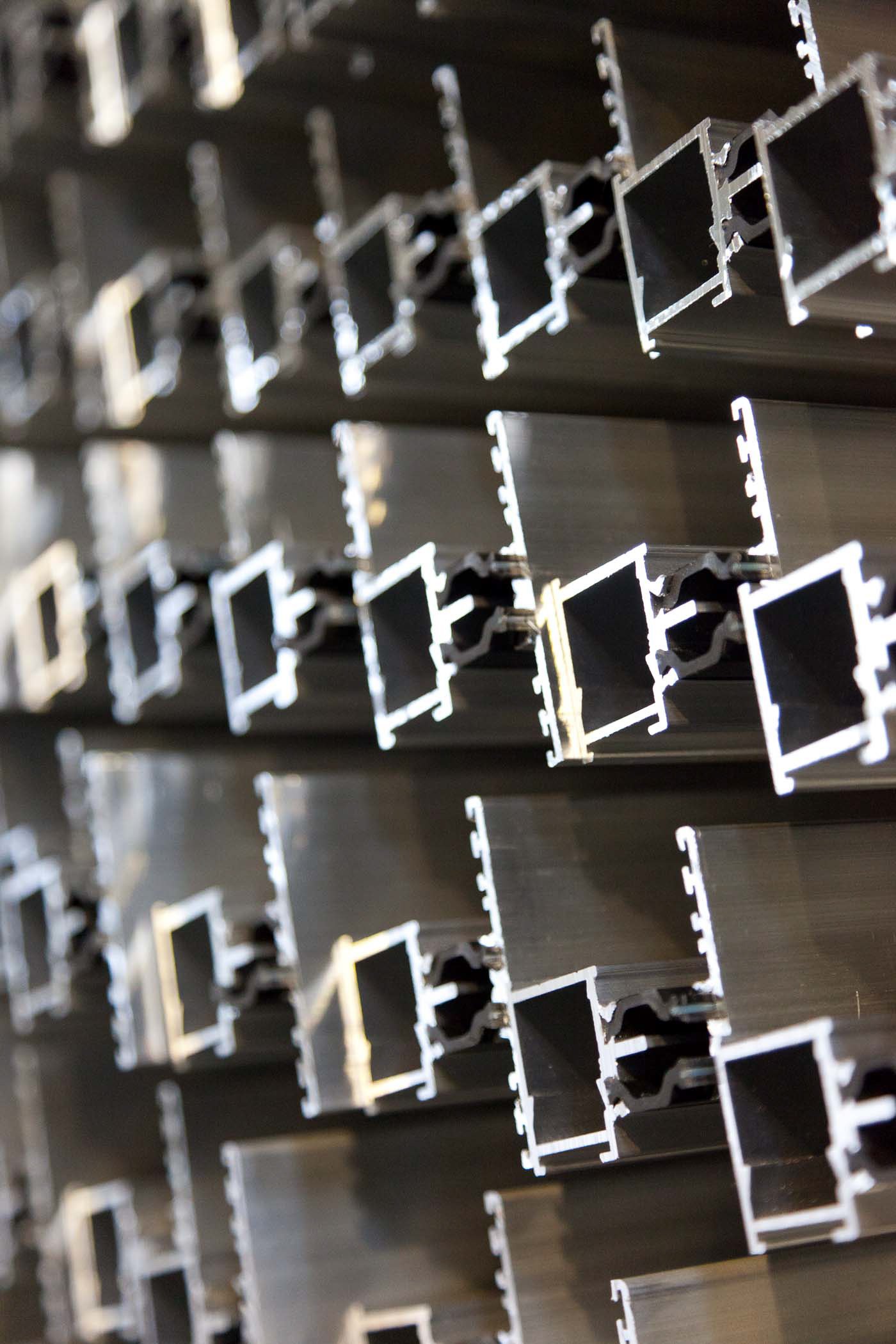What’s So Special About QUALICOAT 3.0?
Thermally broken aluminium fenestration profile
Architectural powder coating is seen by many as a simple impervious finish that, when correctly applied to aluminium systems, will offer years of service life provided a basic cleaning and maintenance regime is followed. Whilst it is true that powder coated fenestration can offer decades of serviceable life, it is not so ‘simple’ to achieve, as one may be led to believe.
Since 1986, when the Association was formed, QUALICOAT Members have been at the forefront of technical advances in both coating technology and consistency in finish quality. Today, the QUALICOAT Specification continues to evolve and is reproduced yearly with updates that all members across the globe will follow to the letter, by third party accredited by unannounced inspections and only then, be licensed by the Association to demonstrate compliance.
Changes to the Specification, which is freely available to download from the Association website, are brought about by Members across the globe collaborating together in work groups to research issues, develop new methodology and incrementally improve the Specification. Members include licensed powder coaters, powder manufacturers and pretreatment suppliers.
Key to any applied finish is the preparation of the substrate that it is being applied to. The QUALICOAT Membership has done a great deal of work in this area over the last few decades. Chromate pretreatment systems, were once seen by many as the most robust pretreatment system to be used on aluminium; this does not hold true today. Carrying the coveted QUALICOAT licence requires Members to have their coated aluminium samples independently tested to ensure consistency of quality. The results of these tests show that chrome-free pretreatment systems now offer an equivalent failure rate to older chromate based systems. These advancements in chrome-free pretreatment technology are welcomed as chromate-based pretreatment systems will be banned in many industries, including powder coating, across the UK and Europe in September 2024.
There are however, a small number of sample test failures, that is samples that do not reach the very high levels of performance stipulated by the Specification. On retesting samples provided by the coater, often these samples pass without any issues. Studying the data in more detail revealed that something else was causing the test failure. There seemed to be a correlation between the increased use of recycled aluminium in profile extrusion which needed more in depth research. Whilst recycling offers a reduced carbon footprint by minimising energy consumption at the production stage, it was concluded that the quality of the recycled alloy had an impact on the durability of the coated aluminium.
A worldwide working group of Members began to develop a specification for the alloys used in extrusion for fenestration, namely architectural aluminium alloy grades of 6060 and 6063. The resulting alloy specification, which now forms Appendix A13 of the QUALICOAT Specifications 2023, requires these alloys to fall within the EN573-3:2019 Standard, which can be met using primary or secondary (recycled) aluminium. Compliance requires the following three tests to be carried out, Optical Emission Spectroscopy (OES), Anodic Cyclic Polarisation (ACP) and a metallographic study of the aluminium surface.
These tests need to be undertaken on samples provided by the aluminium extruder and passed by an independent test house before a QUALICOAT 3.0 approval can be awarded for a specific project. By ensuring that the alloy is of the correct standard, with reduced inclusions and improved grain consistency, it has been demonstrated by QUALICOAT that architectural powder coat finishes can be further enhanced for sustainability, especially when used with Class 2 powders (super-durable) and Class 3 powders (hyper-durable).
At the moment aluminium extruders required to supply to a QUALICOAT 3.0 specification are revising their extrusion process to meet the tightened alloy specification on a project by project basis. The aluminium industry is engaging with QUALICOAT on a worldwide basis to see how standards can be rolled out on a more general basis for extrusion and potentially sheet products.
Appendix A13 of the QUALICOAT Specifications, also freely available from the Association website, is aimed at specifiers who have large facade projects and wish to take advantage of the additional protection and durability that comes from a ‘QUALICOAT 3.0’ Specification. Whilst the current QUALICOAT supply chain includes powder manufacturers, pretreatment systems providers and architectural powder coaters, QUALICOAT 3.0 introduces for the first time the aluminium extruders into the QUALICOAT powder coating supply chain.
Specifiers who wish to take advantage of QUALICOAT 3.0 should in the first instance contact QUALICOAT UK & Ireland for guidance on specification and help in choosing the correct supply chain. A QUALICOAT 3.0 specification will require a coating Member to carry the ‘Seaside’ class membership as this is a prerequisite coating procedure for QUALICOAT 3.0.
The current QUALICOAT Specification is freely available for download via the Association website, qualicoatuki.org and offers an up-to-date list of licensed UK and Ireland Powder Suppliers, Pretreatment Suppliers and Applicators. Telephone support is available from QUALICOAT UK & Ireland Head Office in Birmingham on 0330 236 2800, the Association can also be followed on Twitter @Qualicoatuki or on LinkedIn www.linkedin.com/company/qualicoat-uk-&-ireland.

